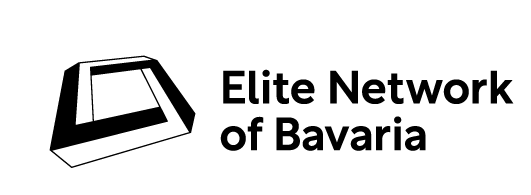

Katie Kung
Life, uh, finds a way.
I have a BA in French and English literature from Hong Kong and the UK, and I consider myself trained as an intellectual historian in Germany during my MA in Transcultural Studies. Being quinti-lingual, I am always intrigued by how ideas travel, transform and propagate. With an environmental research focus, I am particularly interested in philosophy of time and apocalyptic thinking, while using conceptual history as my tool of investigation. My connection to the environment stems from my upbringing in Hong Kong, where the skyscrapers, the islands and jungles, and a world-class wetland frequented by migratory birds co-exist in all their glory and disturbances. I am also a guardian for two cats and multiple houseplants, all of which are considered ‘invasive species’ in most parts of the world. I was a Muay Thai fighter, and now a stroke survivor.
Publications:
Kung, Katie; Teixeira, Leonardo H.; Travassos-Britto, Bruno; Eser, Uta; Santana, Carlos Gray (2024):
“Embracing change: Invasive species and novel ecosystems”
GAIA – Ecological Perspectives for Science and Society, Volume 33, Number 1, 2024, pp. 152-157(6)
https://www.ingentaconnect.com/content/oekom/gaia/2024/00000033/00000001/art00008
Montana, Jasper; Heger, Tina; Kelz, Rosine; Bischoff, Armin; Buitenwerf, Rob; Eser, Uta; Kung, Katie; Sattler, Julia; Schweiger, Andreas H.; Searle, Adam; Teixeira, Leonardo H.; Travassos-Britto, Bruno; Higgs, Eric (2024):
“From novel ecosystems to novel natures”
GAIA – Ecological Perspectives for Science and Society, Volume 33, Number 1, 2024, pp. 146-151(6)
https://www.ingentaconnect.com/content/oekom/gaia/2024/00000033/00000001/art00007
Contact: katie.kung@rcc.lmu.de

‘Invasive species’ convenes conceptual nuances of ideas like nativeness, invasion and naturalness that can be understood variably in different political-cultural-socio contexts and academic disciplines. My project discusses the intellectual baggage of invasive species and explores the futurity of these organisms that are considered out of place and out of time.
Lifeworld of Invasion: What and When is an ‘Invasive Species’?
‘Invasive species’ convenes conceptual nuances of ideas like nativeness, invasion and naturalness that can be understood variably in different political-cultural-socio contexts and academic disciplines. My project discusses the intellectual baggage of invasive species and explores the futurity of these organisms that are considered out of place and out of time.
